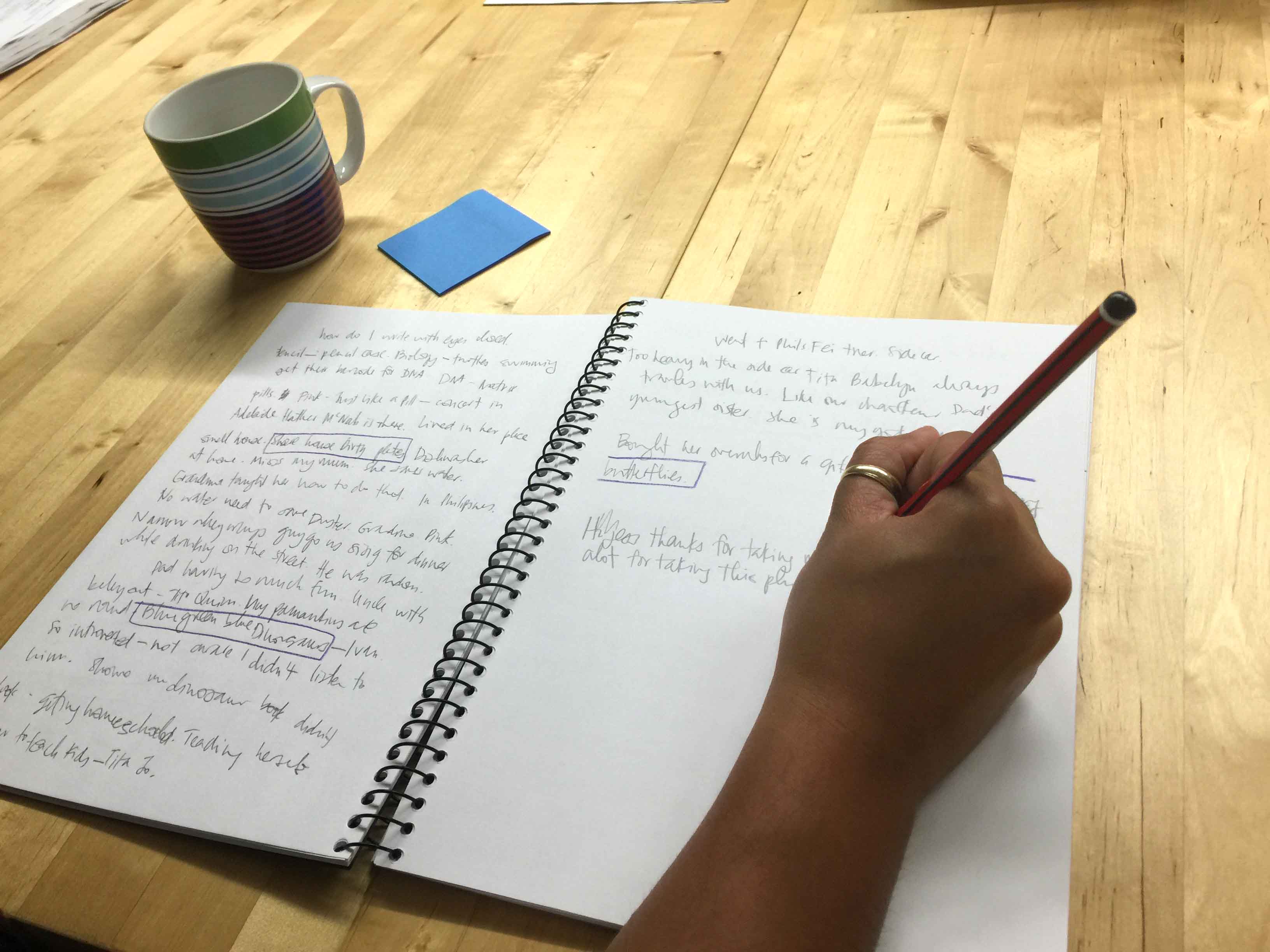


Microsoft invested $1 billion in OpenAI in 2019 and has agreed to license GPT-3.

Some software giants seem interested too.

“Developers will save time in coding, while people with no coding knowledge will also be able to develop applications,” Bektes says.Īnother company, TabNine, used a previous version of OpenAI’s language model, GPT-2, which OpenAI has released, to build a tool that offers to auto-complete a line or a function when a developer starts typing. SourceAI aims to let its users generate a wider range of programs in many different languages, thereby helping automate the creation of more software. Another company, Debuild, plans to commercialize the technology. Shortly after GPT-3 was released, one programmer showed that it could create custom web apps, including buttons, text input fields, and colors, by remixing snippets of code it had been fed. The Wharton professor found that ChatGPT could be a great companion to MBA students as it can play a "smart consultant" - one who produces elegant but oftentimes wrong answers - and foster critical thinking.He wasn’t the first to notice the potential. Stack Overflow recently banned ChatGPT-generated answers because they were low quality but plausible sounding. The implications for developers in terms of effort and productivity are ambiguous, though. The researchers found that ChatGPT's success rate with follow-up interactions reached 77.5%. But standard APR methods only solved seven of the issues. They repeated the query four times because there is some randomness in the reliability of ChatGPT's answers, as a Wharton professor found out after putting the chatbot through an MBA-like exam.Īlso: The developer role is changing radically, and these figures show howĬhatGPT solved 19 of the 40 Python bugs, putting it on par with CoCoNut (19) and Codex (21). The researchers tested ChatGPT against QuixBugs 40 Python-only problems, and then manually checked whether the suggested solution was correct or not.


 0 kommentar(er)
0 kommentar(er)
